The Pros & Cons of Motorola Moto Pad 60 Neo
Motorola launched the Moto Pad 60 Neo in September 2025. Competing in the crowded US$100 segment, this tablet aims to deliver a premium experience at an affordable price.
Think about it, a 2.5K display, four Dolby Atmos speakers, and an aluminium body, all available without breaking the bank. Moto Pad 60 Neo is positioned as a strong “value king”, complete with an active stylus included in the box.
Of course, to hit this price point, Motorola had to make a few compromises. Here are the Moto Pad 60 Neo’s pros and cons.
Pros of Motorola Moto Pad 60 Neo
At this price, what sets the tablet apart? Here are six key highlights.
1. 2.5K Screen Resolution
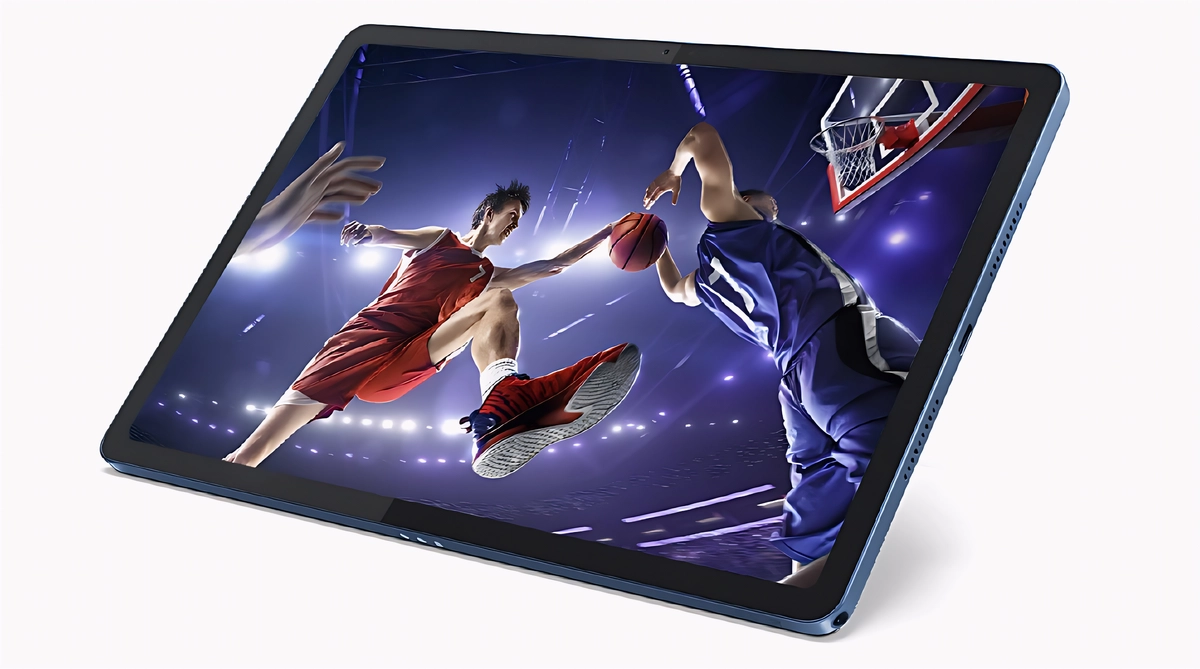
The display is one of the Moto Pad 60 Neo’s biggest strengths. It uses an 11-inch IPS LCD panel that gives ample space for work, study, or entertainment.
Unlike many competitors still stuck at Full HD, this tablet goes further with a sharp 2.5K (2560 × 1600) resolution. With a pixel density of around 274 ppi, text in PDFs or e-books looks crisp, and 1440p video playback appears detailed and clean.
A 90Hz refresh rate enhances the overall experience! It makes interface navigation, scrolling, and browsing feel smoother. The 500-nit peak brightness is also sufficient for indoor use and shaded outdoor conditions.
Motorola adds eye-comfort features with TÜV Rheinland certification for Flicker Free and Low Blue Light. More importantly, this is a hardware-based blue-light reduction, meaning the screen is designed to emit less harmful blue light without relying on software filters that often distort color.
This is very useful for students or professionals who spend long hours in front of their device.
2. Immersive Audio Quality with Dolby Atmos and 3.5 mm Jack
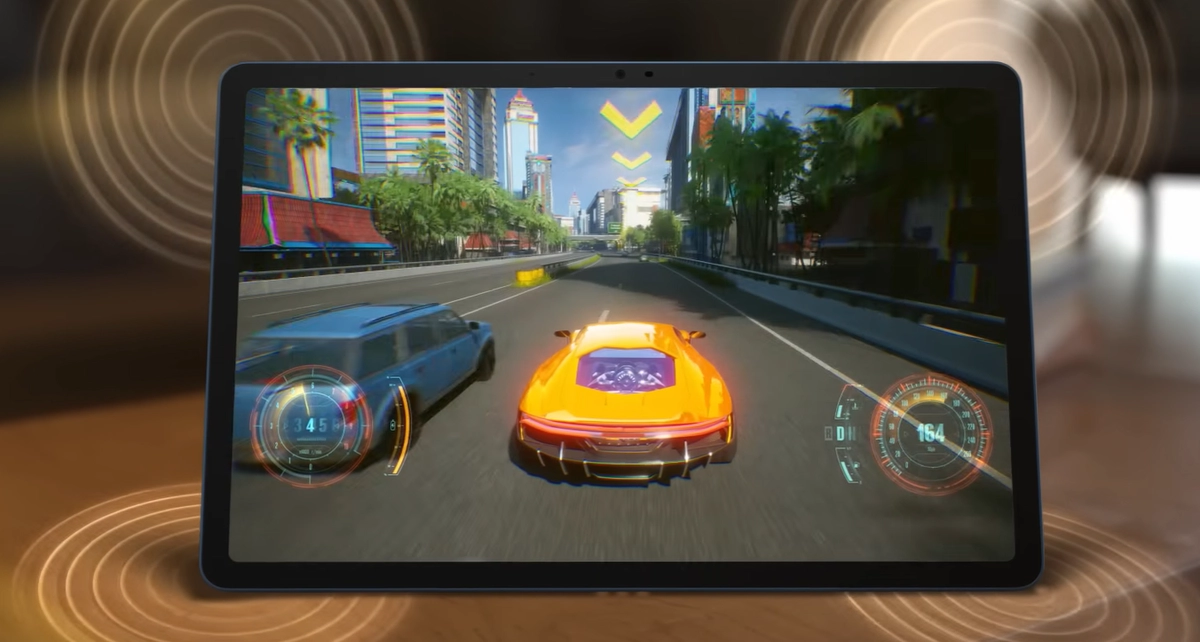
Motorola matches the 2.5K display with strong audio quality. The tablet uses four speakers that support Dolby Atmos. According to Unbox Tech, the Dolby Atmos setting produces sound that feels immersive and cinematic.
Unbox Tech channel also highlighted how clear, balanced, and powerful the audio is. This makes the tablet ideal for watching films or series for long periods.
Motorola still includes a 3.5 mm audio jack despite the thin body. This is a consumer-friendly choice because many brands have removed this port for design reasons. Motorola knows that users in this segment still rely on it.
The audio jack is useful for students who use wired headsets during online classes. It also helps casual gamers who want to avoid the audio delay that often appears on Bluetooth earphones.
3. Complete Package with Built-in Stylus
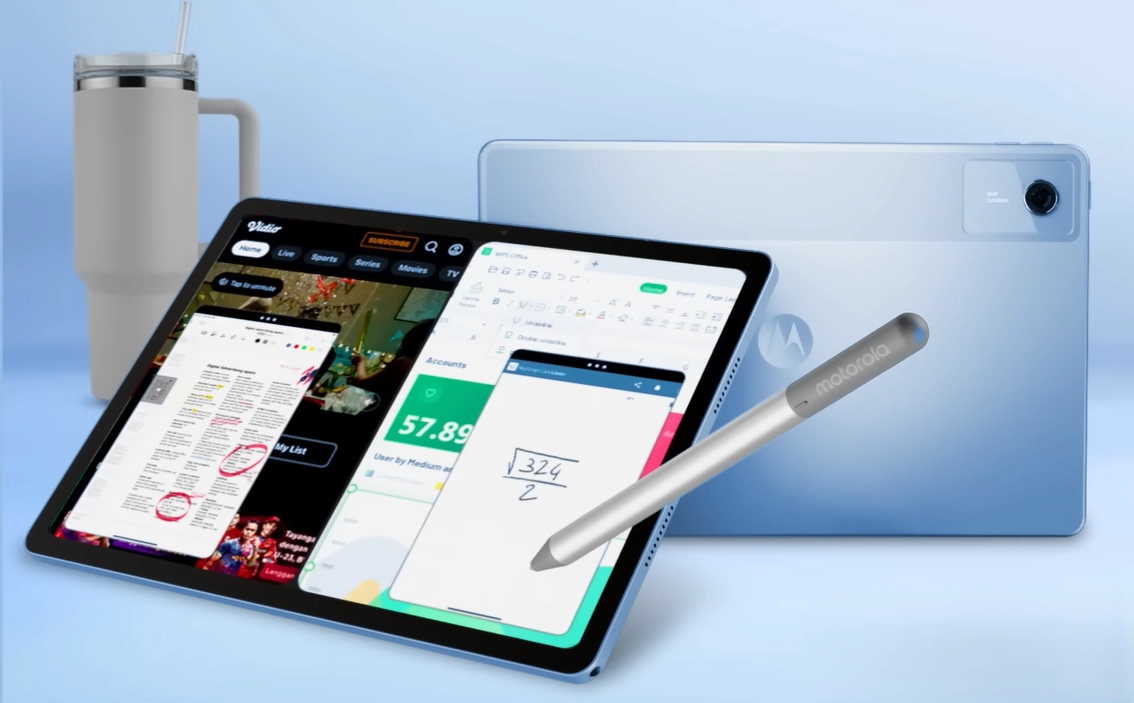
The Moto Pad 60 Neo also includes the Moto Pen! This is a smart decision because competing tablets like the Redmi Pad 2 only support a stylus without providing one in the box. The Moto Pad 60 Neo gives users a complete package without the need to buy extra accessories.
The Moto Pen is not a simple add-on. It is an active stylus that supports 4096 levels of pressure sensitivity and palm rejection. Your palm will not interfere when it touches the screen.
According to Unbox Tech, the Moto Pen feels comfortable to hold and performs very well for note-taking and drawing. It supports palm rejection, pressure sensitivity, and tilt sensitivity, which helps create a smooth drawing or writing experience.
Motorola also integrates the stylus with useful software features such as a shortcut menu, Circle to Search, and a magnifier.
The downside is the battery system. The Moto Pen does not support recharging. It uses AAAA batteries that must be replaced. These batteries are small and often cost more than common AAA or AA batteries.
4. Elegant Aluminium Body
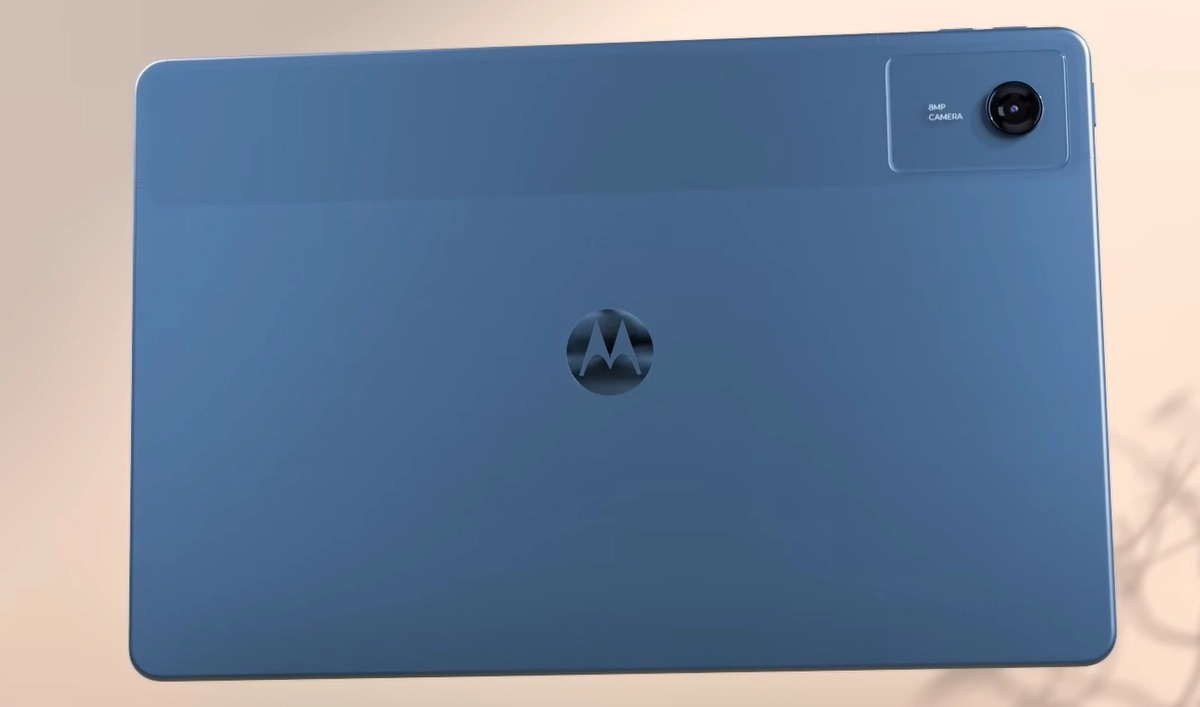
The Moto Pad 60 Neo looks more expensive than its actual price. The frame and back cover use aluminium, which gives the tablet a sturdy and premium feel.
The tablet is also thin and light. The thickness sits at around 7 mm and the weight is 480 g. This makes it feel more premium and portable than competitors such as the Redmi Pad 2, which has a thicker 7.36 mm body and weighs 510 g.
The Pantone Bronze Green finish is really appealing. The camera module design also gives the tablet a more stylish look.
The IP52 certification is the most valuable design feature in this price range. This rating gives protection against splashes of water, which helps users feel safer during daily use.
5. Minimal Bloatware
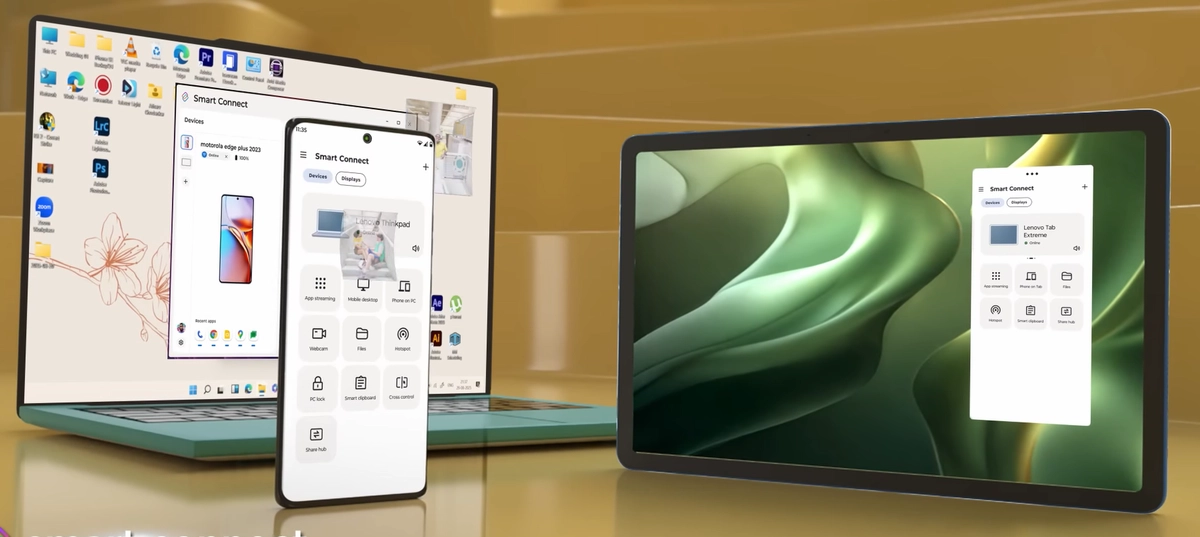
The Moto Pad 60 Neo runs Android 15 with an interface that stays close to pure Android. Motorola is known for this clean approach. The experience feels simple and uncluttered because the system doesn't include unnecessary apps.
This setup helps the tablet feel lighter and more responsive. Unbox Tech noted that the device performs smoothly for everyday tasks. The OS provides useful multitasking tools such as split screen and floating window. It also comes with modern AI features such as Google Gemini and Circle to Search.
6. UFS 2.2 Storage and microSD Slot Support
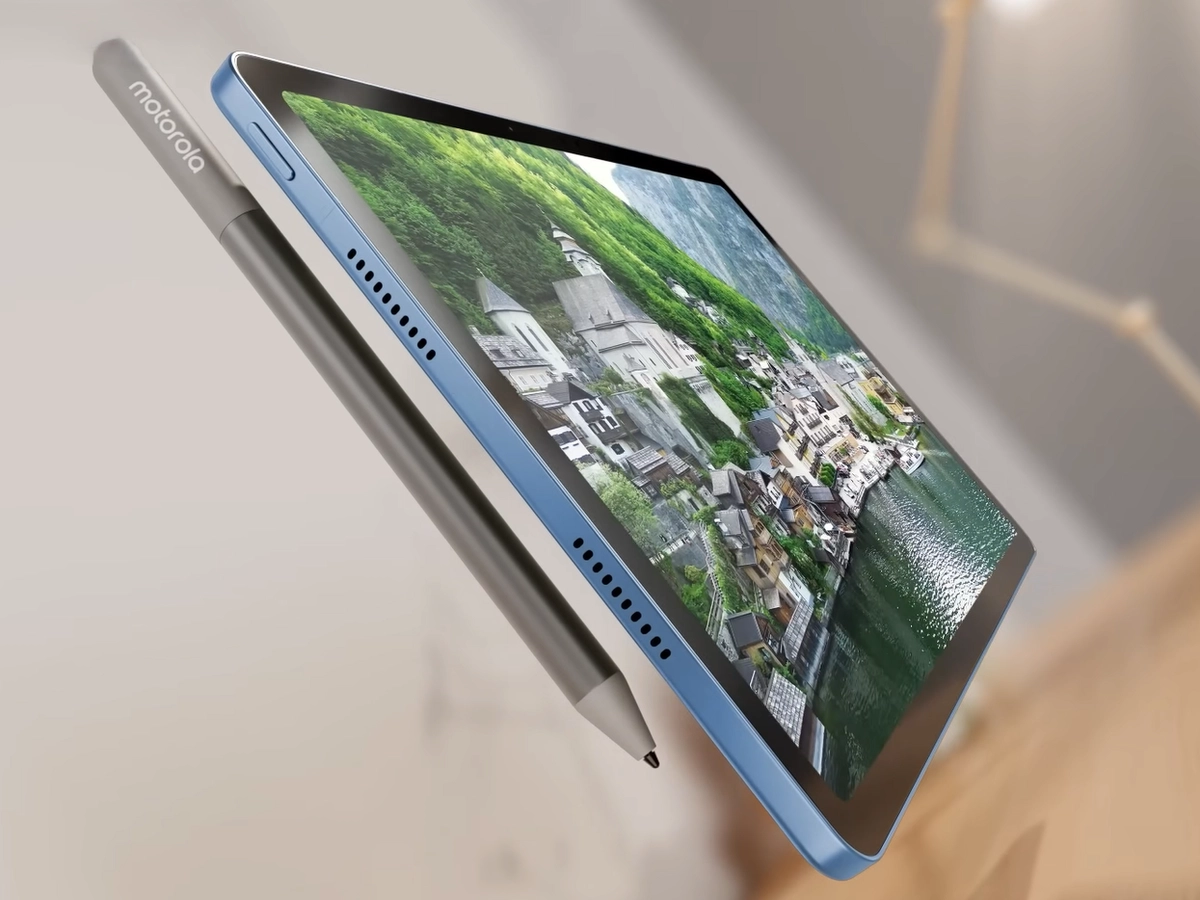
The tablet comes with 128 GB of internal storage that already uses UFS 2.2. This capacity is spacious for initial use and the UFS 2.2 standard provides faster read and write speeds than eMMC.
The real advantage comes from the flexibility it offers. The Moto Pad 60 Neo includes a microSDXC slot that supports up to 2 TB.
The 2.5K display and Dolby Atmos audio already make this tablet suitable for enjoying media. The microSD support of up to 2 TB strengthens this role because users can store many movies, series, and other large files without worrying about space.
Cons of Motorola Moto Pad 60 Neo
With the aforementioned price, the Moto Pad 60 Neo still comes with a few compromises that users need to consider.
1. Less Optimal Performance
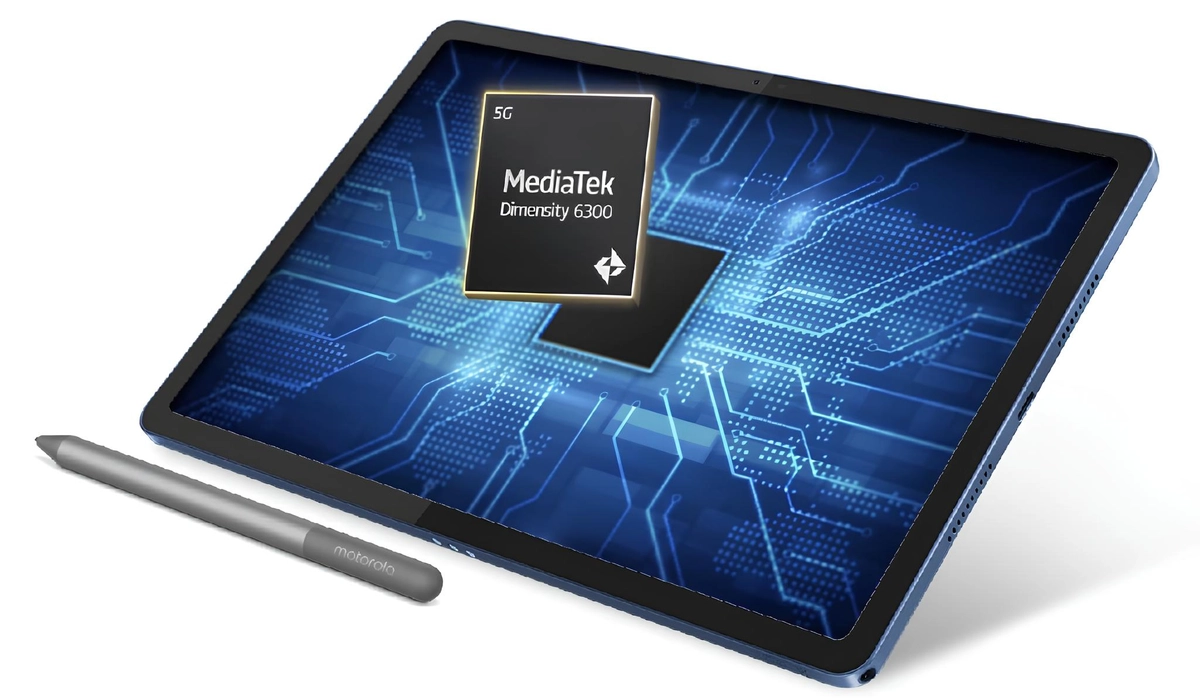
The main weakness sits in the performance. The tablet feels less capable when used for heavy tasks. Its Antutu v10 score is in the 400k range. This score is acceptable for daily activity and streaming, but it is not ideal for competitive or graphics-heavy games.
Mobile Legends runs safely enough. Light games like Call of Duty Mobile can reach smooth and stable performance on the Low to Max setting. Problems appear when running heavier titles.
Genshin Impact on the Lowest setting with a 60 FPS target only reaches around 40 to 45 FPS. BGMI also shows instability because the frame rate often drops to 30 to 45 FPS during intense battles.
2. Only 4 GB RAM
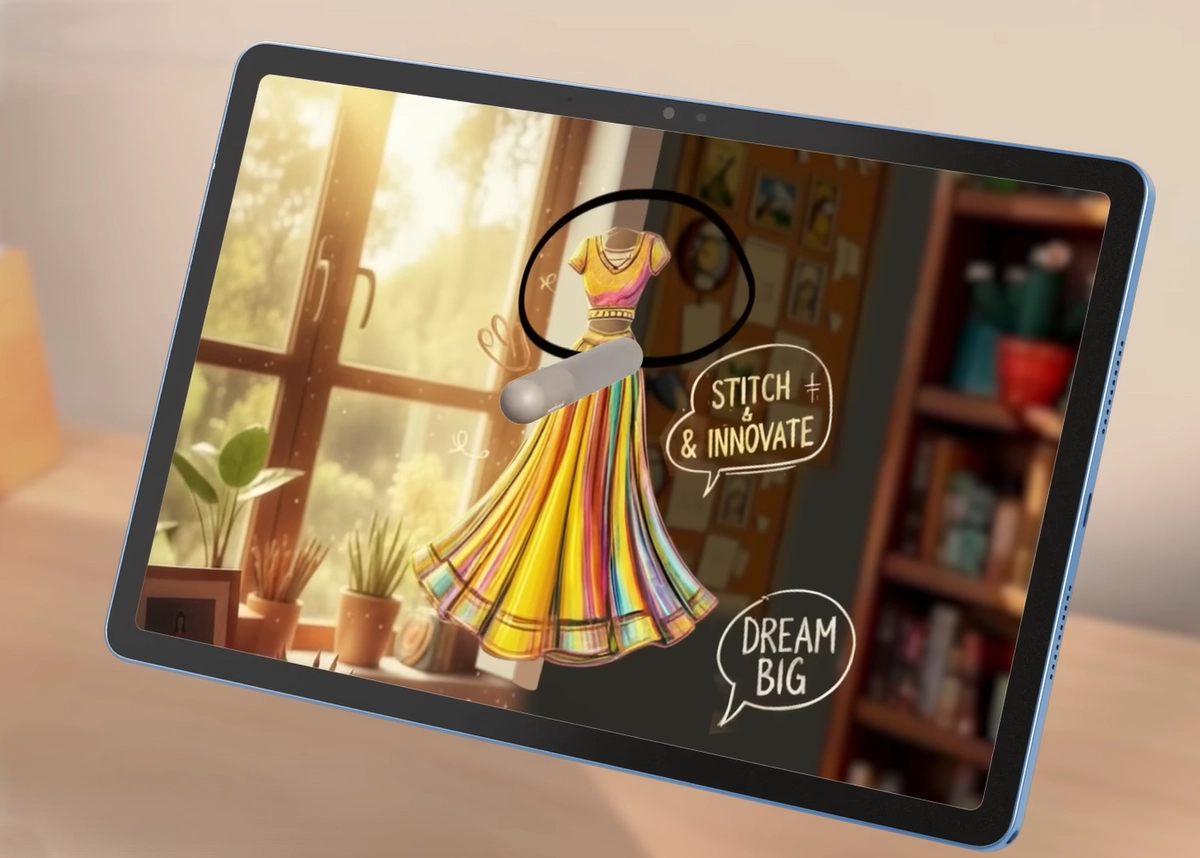
Another drawback relates to RAM. The Indonesian variant only has 4 GB, while the global and Indian models provide 8 GB. Using Android 15 on a 2.5K screen with 4 GB RAM in 2025 and 2026 will feel very limiting.
Features like split screen, floating windows, and Smart Connect require a lot of memory. The 4 GB capacity becomes a bottleneck and increases the chance of frequent app reloads when switching between demanding tasks.
3. Long Charging Time
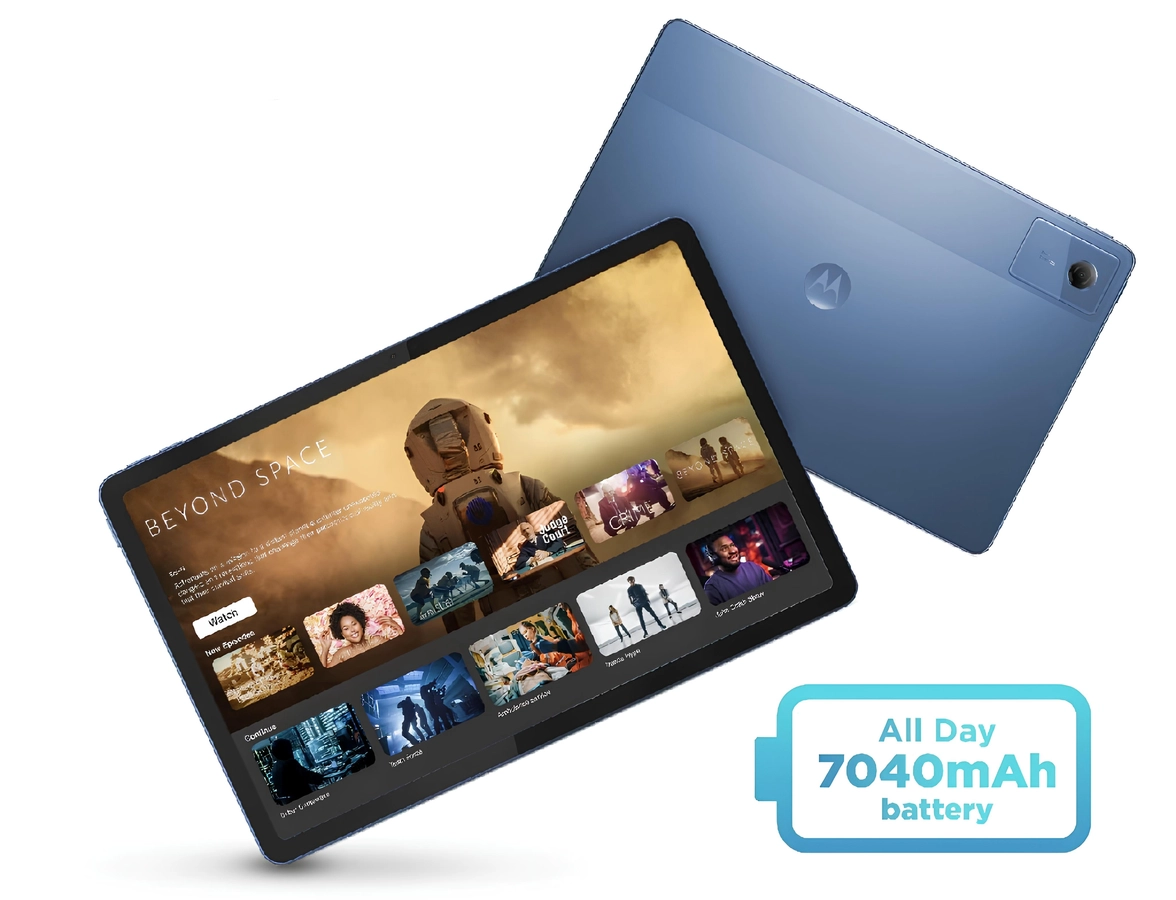
The Moto Pad 60 Neo carries a 7040 mAh battery, which is considered small for an 11-inch tablet. Competitors like the Redmi Pad 2 offer 9000 mAh. The 2.5K 90 Hz display consumes more power, and the four speakers with Dolby Atmos also contribute to higher battery usage.
The tablet can last up to 7 hours of continuous use (screen-on time). Battery life improves slightly during video playback and can reach around 8 hours. The endurance is acceptable, but it doesn't feel impressive.
The biggest drawback appears in the charging speed. The retail package only includes a 20-watt charger, which matches the tablet’s maximum charging support.
Charging from 0 to 100 percent takes around 2.5 to 3 hours. This feels slow because other devices with similar battery sizes can finish charging in under 2 hours.
4. Limitations on Built-in Accessories (Stylus and Case)

There are also limitations in the included accessories. The Moto Pen uses AAAA batteries, which are harder to find than common AAA batteries. Many users may also prefer a rechargeable stylus instead of replacing physical batteries. The stylus doesn't attach magnetically to the tablet, so it must be stored separately, which increases the chance of losing it.
The folio case included in the box also has limitations. The case does not offer full protection because the left and right sides remain exposed. Users need to handle the tablet more carefully.
Conclusion
The Motorola Moto Pad 60 Neo is a tablet that focuses on media consumption and light productivity. It delivers a strong experience through its 2.5K 90 Hz display, Quad Dolby Atmos speakers, and the included Moto Pen.
These strengths come with notable compromises. The 4 GB RAM on the Indonesian version limits heavy multitasking and gaming. The 7040 mAh battery feels small and the 20 W charging speed is slow. Even with these shortcomings, the tablet remains an appealing choice for users who prioritise display quality and premium audio above performance.
